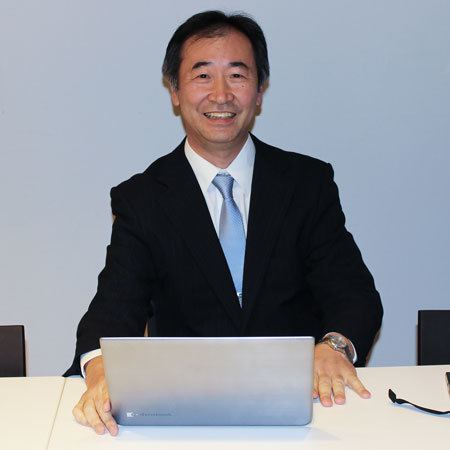Native name 梶田 隆章 Spouse Michiko Kajita Role Physicist | Name Takaaki Kajita | |
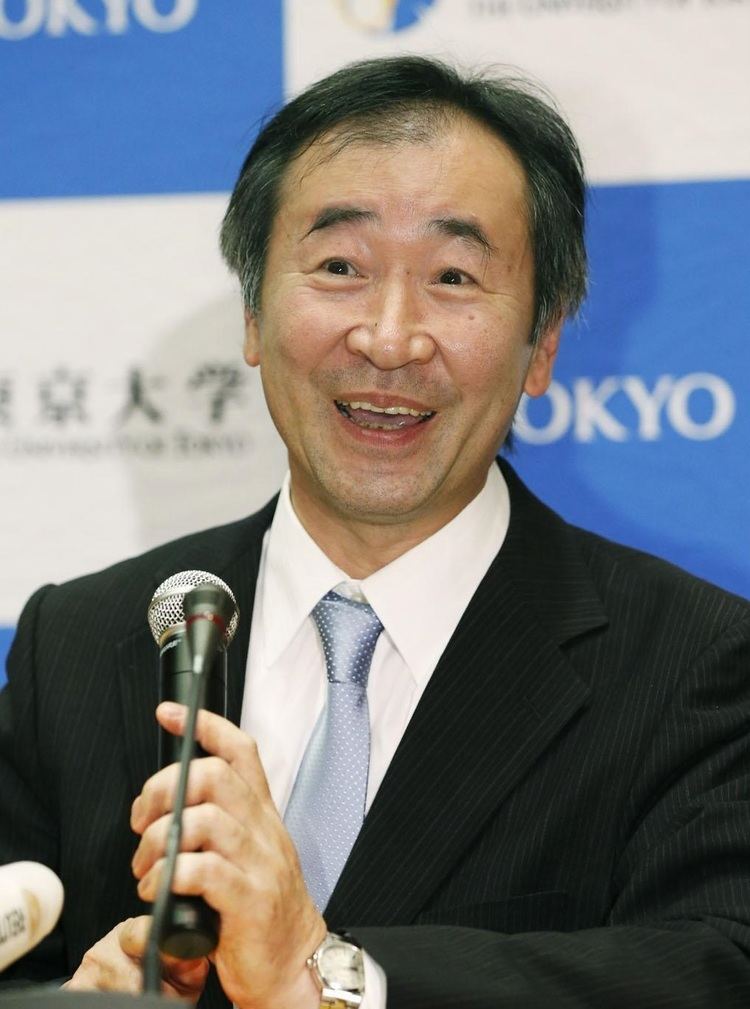 | ||
Similar People Arthur B McDonald, Satoshi Omura, Masatoshi Koshiba, Yoji Totsuka, Paul L Modrich | ||
Other academic advisors Yoji Totsuka | ||
Portrait of a nobel laureate takaaki kajita 2015 nobel prize in physics
Takaaki Kajita (梶田 隆章, Kajita Takaaki, [kadʑita takaːki], born 9 March 1959) is a Japanese physicist, known for neutrino experiments at the Kamiokande and its successor, Super-Kamiokande. In 2015, he was awarded the Nobel Prize in Physics jointly with Canadian physicist Arthur B. McDonald.
Contents
- Portrait of a nobel laureate takaaki kajita 2015 nobel prize in physics
- Takaaki kajita winner of the 2015 nobel prize in physics
- Early and personal life
- Career and research
- Awards
- Honors
- References
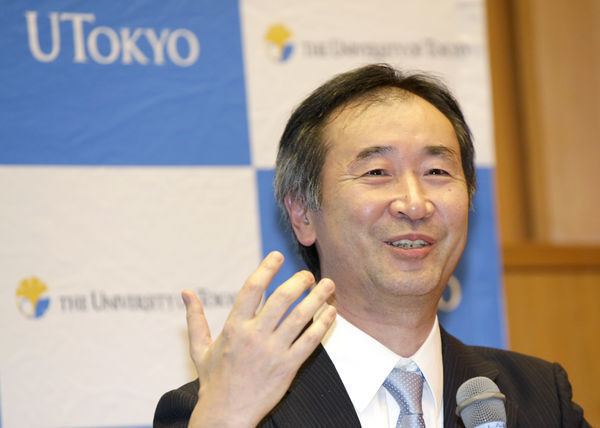
Takaaki kajita winner of the 2015 nobel prize in physics
Early and personal life
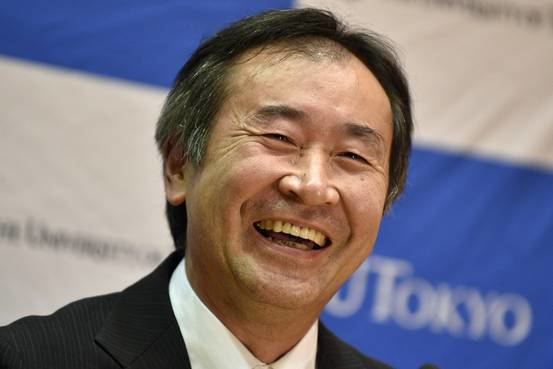
Kajita was born in 1959 in Higashimatsuyama, Saitama, Japan. His wife, Michiko, lives in Toyama.
Career and research
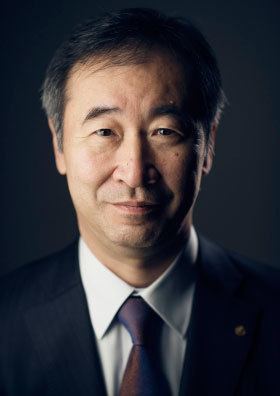
Kajita studied at the Saitama University and graduated in 1981. He received his doctorate in 1986 at the University of Tokyo. Since 1988 he has been at the Institute for Cosmic Radiation Research, University of Tokyo, where he became an assistant professor in 1992 and professor in 1999.
He became director of the Center for Cosmic Neutrinos at the Institute for Cosmic Ray Research (ICRR) in 1999. As of 2017, he is a Principal Investigator at the Institute for the Physics and Mathematics of the Universe in Tokyo, and Director of ICRR.
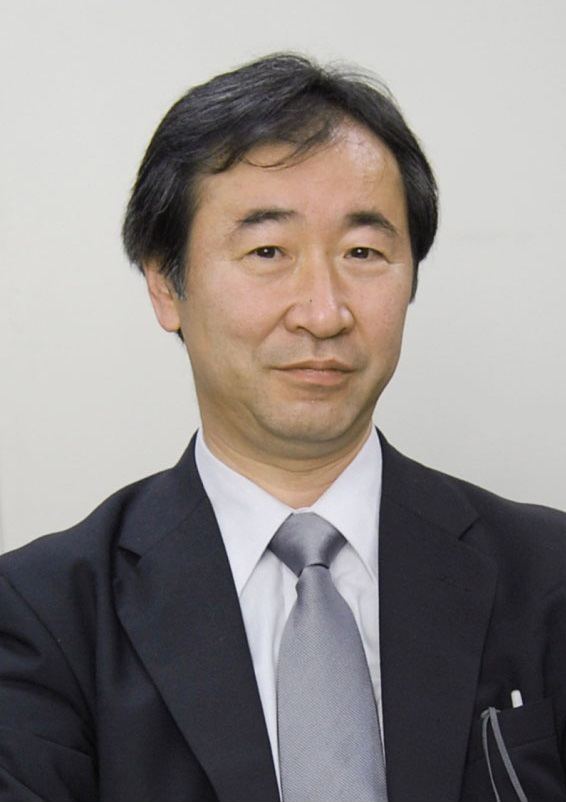
In 1998, Kajita's team at the Super-Kamiokande found that when cosmic rays hit the Earth's atmosphere, the resulting neutrinos switched between two flavours before they reached the detector under Mt. Kamioka. This discovery helped prove the existence of neutrino oscillation and that neutrinos have mass. In 2015, Kajita shared the Nobel Prize in Physics with Canadian physicist Arthur McDonald, whose Sudbury Neutrino Observatory discovered similar results. Kajita's and McDonald's work solved the longstanding Solar neutrino problem, which was a major discrepancy between the predicted and measured Solar neutrino fluxes, and indicated that the Standard Model, which required neutrinos to be massless, had weaknesses. In a news conference at the University of Tokyo, shortly after the Nobel announcement, Kajita said, "I want to thank the neutrinos, of course. And since neutrinos are created by cosmic rays, I want to thank them, too."
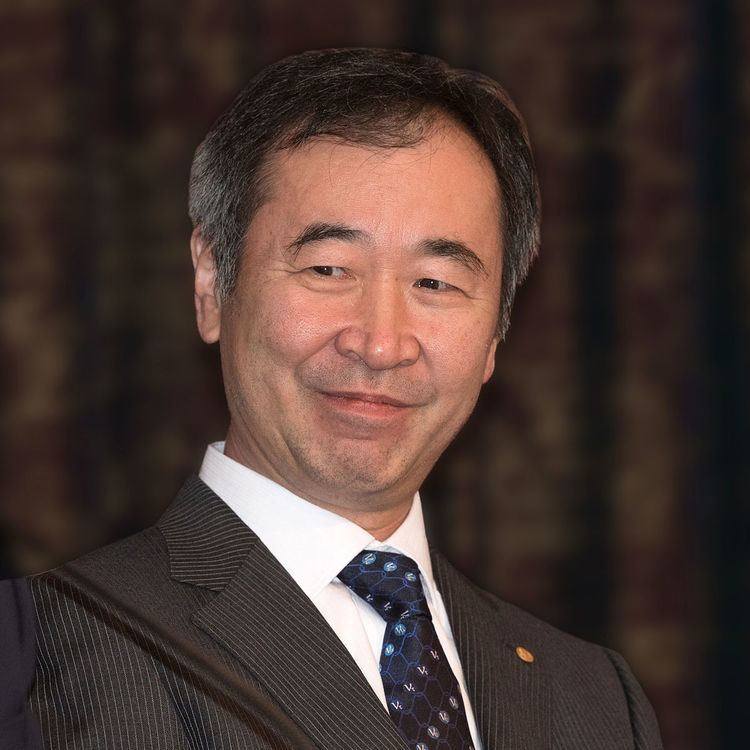
One of the first people Kajita called after receiving the Nobel Prize was 2002 Nobel physics winner Masatoshi Koshiba, his former mentor and a fellow neutrino researcher.
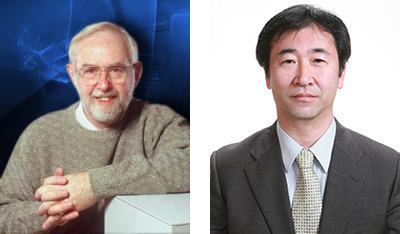
Kajita is currently the principal investigator of another ICRR project located at the Kamioka Observatory, the KAGRA gravitational wave detector.
Awards
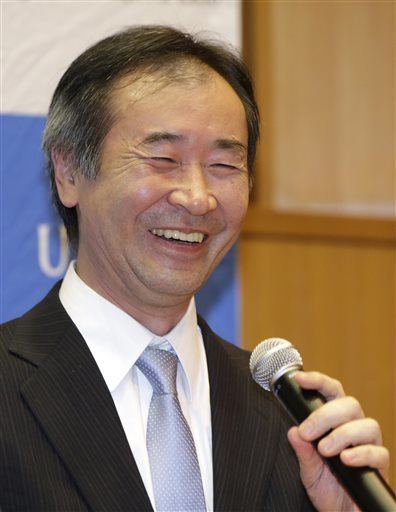
Honors
